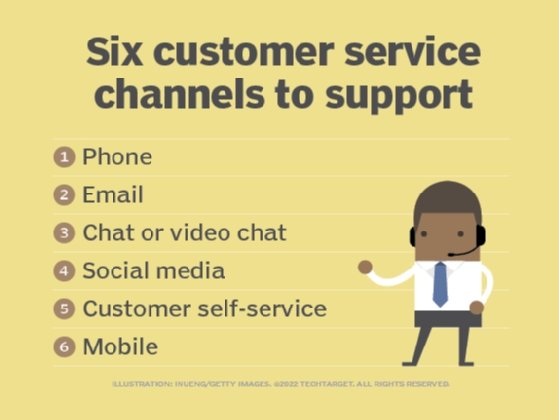
tashatuvango - Fotolia
5 common customer support problems that affect CX
In customer support, common customer experience issues include lengthy hold times, scaling, failure to follow up, lack of human touch and a lack of personalization.
All else being equal in the marketplace, differences in customer experience are more often than not the driver of customer loyalty. While CX covers a lot of territory, it often lives or dies in customer support.
Customer support is the place where customers find out just how valued they really are. A good experience in getting a problem solved or an error corrected may be the best way to strengthen a customer relationship, while a bad experience may be the fastest way to kill it.
Here are five common customer support problems that can negatively affect customer experience, which customer support managers should either solve, improve or anticipate.
1. Hold times
Regardless of the quality of a customer's experience when support addresses their problem, time spent on hold preceding the interaction erodes customer confidence. Effort expended to trim wait times is well-invested.
2. Scaling
Rapid growth can be exciting, but it hurts more than it helps if sales outpace support. Support quality suffers if customer service isn't built on software and processes that can double or triple in capacity if sales have done the same. Planning for such scaling of customer support is essential to any CX strategy.
3. Failure to follow up
If a satisfying experience is the driver in selling to the customer, it's an even bigger driver in supporting the customer when a problem requires a follow-up call from an agent. Just as short wait times send a message about customer priority, short follow-up times tell the customer that they aren't out of mind when out of sight. If an issue is taking a while to resolve, reaching out via email, texts and other channels lets the customer know that the problem is continuing to be addressed.

4. The human touch
There's disagreement in the data over when a human is preferred over a chatbot in customer service and support. Often, a bot is just fine -- if it gets the job done -- because 24/7 accessibility and reduced wait time counts for a lot. But there are also occasions, usually measured by the severity of the support request, when a human being is what the customer requires. The option to speak with a human agent out of the gate should be considered.
5. Personalization
A personalized interaction often makes the difference in customer loyalty -- and can even count when the contact is via a chatbot. If the customer's recent purchase or support history is referenced, if there are hints that who they are count as much as what they want, then the contact is a success, even if it's entirely digital.
Each of these customer support problems is easily addressed -- it's just a matter of giving CX in customer support its due attention and planning well for its growth.







